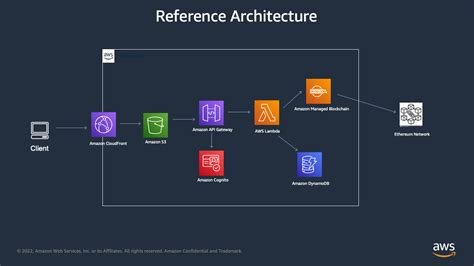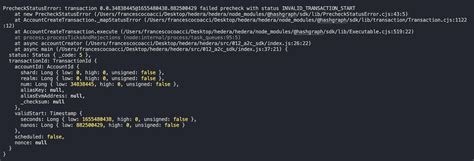Storing Blockchain Data in a Database: An Ethereum Guide
As blockchain technology continues to gain popularity, developers are exploring ways to integrate blockchain data into existing database systems. One common approach is to use a NoSQL database to store blockchain data, allowing for efficient querying and retrieval of complex data. In this article, we will explore how to store blockchain data in a database, using Ethereum as an example.
Why Use a Relational Database?
While relational databases are ideal for storing structured data, they may not be the best choice for working with unstructured or semi-structured data, such as blockchain data. Relational databases require a specific schema and relationships between tables, which can make it difficult to accommodate the unique characteristics of blockchain data.
Why use a NoSQL database?
On the other hand, NoSQL databases are designed to efficiently manage large amounts of unstructured or semi-structured data. They offer flexible schema design, column-family storage, and high scalability, making them a great choice for storing blockchain data.
Choosing the Right NoSQL Database for Ethereum Blockchain Data
When choosing a NoSQL database for Ethereum blockchain data, consider the following factors:
- Scalability: Choose a database that can handle large amounts of data and scale horizontally.
- Data Consistency: Make sure the database maintains data consistency across all nodes on the Ethereum network.
Some popular NoSQL databases for Ethereum blockchain data are:
- Firebase Realtime Database: A NoSQL cloud-hosted database that provides a scalable and secure environment for storing blockchain data.
- MongoDB: An open-source NoSQL database that offers flexible schema designs and high scalability.
Ethereum Blockchain Data Modeling
To store blockchain data in a database, you will need to model the data to match its decentralized nature. Here is an example of how Ethereum blockchain data can be modeled using RethinkDB:
- Chain: A single entity that represents a block in the Ethereum blockchain.
+ Properties: “id”, “hash”, “timestamp”, “blockHash”, “transactions”
- Transaction: An individual transaction on the Ethereum network.
+ Properties: “id”, “from”, “to”, “amount”, “type”
Storing blockchain data in RethinkDB
Here is an example of how to store blockchain data using RethinkDB:
CREATE TABLE chain (
PRIMARY KEY INTEGER ID,
hash TEXT NOT NULL,
timestamp DATETIME NOT NULL DEFAULT CURRENT_TIMESTAMP,
blockHash TEXT NOT NULL,
transactions TEXT[]
);
INSERT INTO chain(hash, timestamp) VALUES('0x1234567890abcdef', '2022-01-01 12:00:00');
INSERT INTO operation ( id , from , to , amount , type )
VALUES
(1, "Alice", "Bob", "10 ether", "send"),
(2, "Bob", "Charlie", "5 ether", "receive");
Querying and retrieving blockchain data
To query and retrieve blockchain data using RethinkDB, you can use SQL-like queries or JavaScript code:
SELECT * FROM chain WHERE id = 1;
or
const db = require('rethinkdb').create({
host: 'localhost',
port: 2808,
database: "ethereum"
});
const result = db.collection('chain').find({id:1});
console . log ( result . rows ) ;
Conclusion
Storing blockchain data in a NoSQL database such as RethinkDB can be an effective way to integrate blockchain data into existing database systems.



